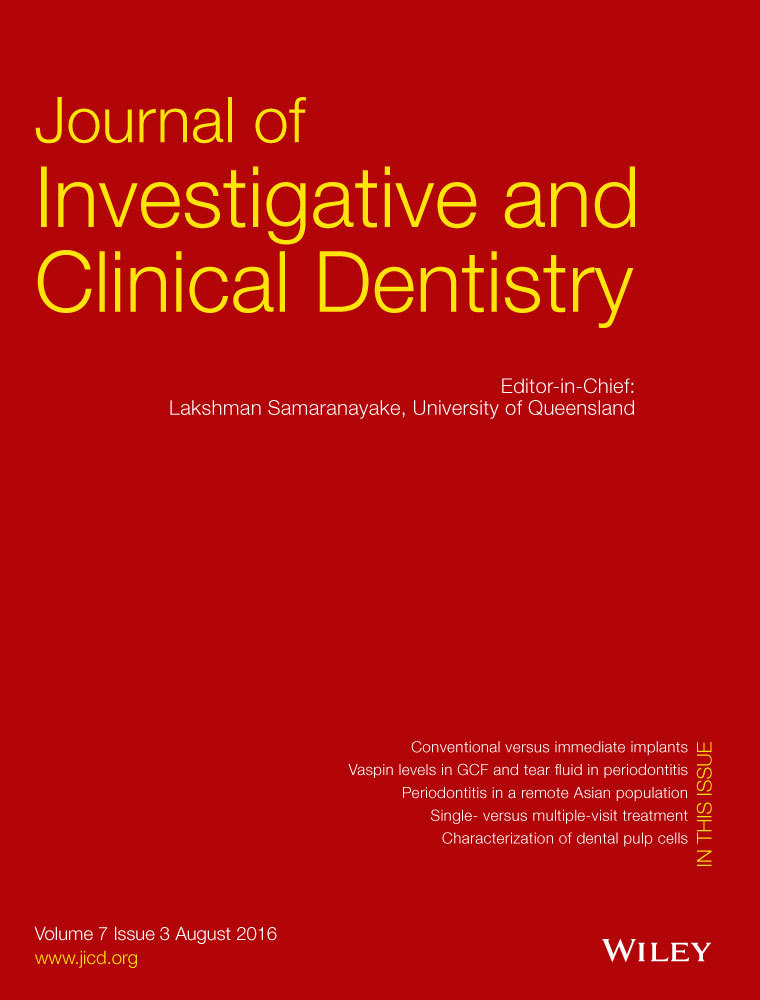Periodontal disease in a remote Asian population: association between clinical and microbiological parameters
Abstract
Objective
The aim was to clinically and microbiologically describe the periodontal conditions in a remote adult Asian population with poor oral hygiene.
Methods
The subjects were 30–60-year-old adults of Karen Hill tribes with no access to dental care. Eighty-six subjects were selected randomly. Clinical registrations included number of remaining teeth, plaque index (PlI), bleeding on probing (BoP), clinical attachment loss (CAL), and probing pocket depth (PPD). Subgingival plaque samples were collected and analyzed with the checkerboard method.
Results
Subjects of the study group had mean number of remaining teeth of 26.5 despite the abundant plaque and a high bleeding score. Severe periodontitis (CAL ≥ 7 mm) was recorded in 12.9% of the youngest age group (30–39 years) while it was significantly higher (52%) in the middle group (40–49 years) and (60%) in the eldest age group (50–60 years). Pathological pocketing (PPD ≥ 7 mm) was significantly lower in all age groups. Age, betel chewing, and a microbiological cluster including at least one of Prevotella tannerae, Filifactor alocis and Porphyromonas endodontalis significantly correlated with the severity of periodontal disease.
Conclusion
Age, betel chewing, and a new bacterial complex other than the “red complex” correlated to periodontal breakdown in this remote adult Asian population.




